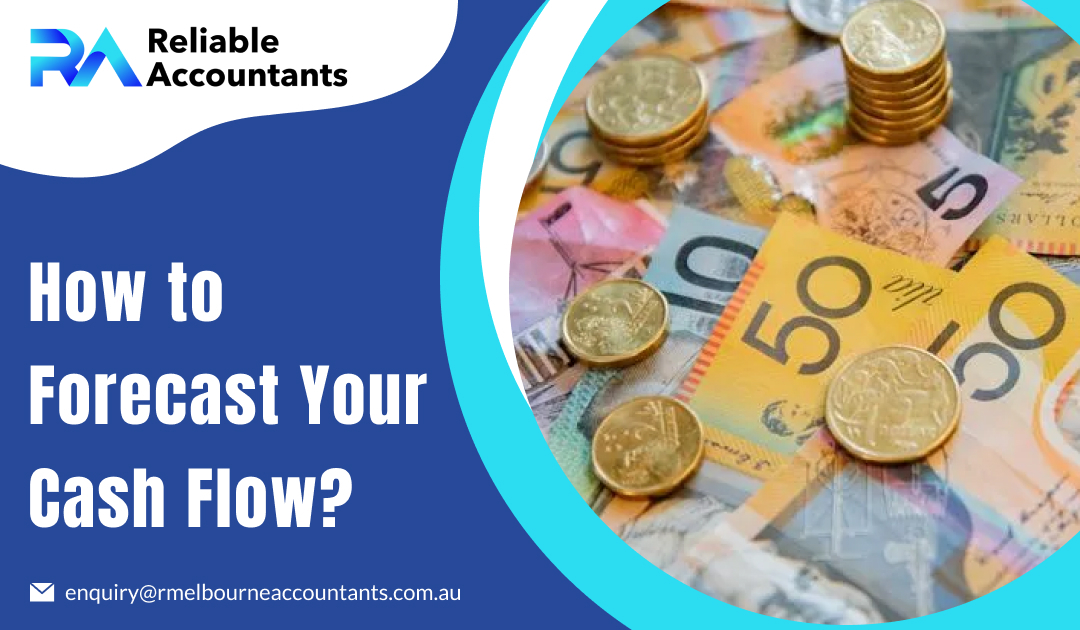What is Cash Flow?
The quantity of money that comes in and out of your business is referred to as cash flow. The money you gain from sales is the most ordinary source of cash flow. It could also come through grants, loan repayments, refunds, and the sale of non-essential assets. Our professional accountants Melbourne suggest our clients with an accurate idea about the growth of the company by making the right calculations of the funds and finances.
Items included in your outgoing cash are as follows:
- payments to suppliers
- wages
- bills
- maintenance
- other business expenses
Advantages of Cash Flow Forecasting Mentioned By Accountants Melbourne
Cash flow forecasting not only helps organisations avoid cash shortages and gain a return on any cash surpluses, but it also helps them prosper in other ways, such as:
- Assisting Firms in Getting Out of Debt More Quickly: Debt repayments are frequently huge cash expenditures that must be anticipated. Our tax accountant Melbourne are expert in cash flow forecasting can help businesses that are in debt make sure they have enough cash on hand to make all of their payments (and any interest payments) on time.
- Ensure that Enterprises Comply with Loan Covenants for which they may be Held Liable: Debt covenants are financial constraints imposed by a lender on a company. Some lenders, for example, require a company to maintain particular cash levels in order to verify that it is financially good enough to make timely payments on its debts. A cash flow prediction can assist firms in identifying potential cash flow issues that could lead to a covenant violation, requiring them to pay the remainder of their loan in full-on demand.
- Increasing the Predictability of Business Growth: When a company expands through investment, it usually does so at the expense of cash flow. We delivered exact cash flow predictions making it easier to implement a growth strategy in a more predictable manner since they let businesses plan their cash surpluses more effectively. For more cash flow forecasting benefits individuals can search tax accountant near me.
How Tax Accountant Melbourne Forecast Your Cash Flow
Estimating future expenses and revenues are part of cash flow forecasting. A cash flow forecast is an important tool for any organisation since it tells you if you will have enough money to run it or expand it. It will also show you when the firm is losing more money than it is bringing in.
Because cash flow is all about timing, our experts attempt to be as precise as possible with the inflow and outflow estimations while constructing the forecast.
- Forecast Your Sales or Income
First, they choose a time frame for the forecast. The majority of consumers want to be billed on a monthly basis. They look at the previous year’s numbers to determine if there are any trends that are used to forecast the sales. Depending on whether sales increased, fell, or remained the same, they change the sales prediction.
If the customer starting a new company and do not have any previous sales data, they start by predicting all of the cash outflows. This will give them an estimate of how much money the company will need to cover the costs.
However, they keep in mind that sales figures are subject to change at any time, depending on:
- Changes in the economy like unemployment rates and interest rates
- What their competitors are doing
- Estimate Cash Inflows
After that, they will calculate the cash inflows or cash sources other than sales. These will differ from one company to the next, however, they may include:
- Selling off an asset
- GST Tax refunds and rebates
- Government grants and other
- Owners adding extra equity (investing more money) in the business
- Other sources like franchise fees, royalties, or license fees
- A Loan paid back to the customer
- Estimate Cash Outflows and Expenses
They calculate the cost of making items available when calculating the cash outflows. It will be easy to change the actual cost of goods sold later if the client needs to adjust the sales numbers. Cost might include money spent on administration or operations. These will also be determined by the company type.
Other cash outflows
- Loan repayments
- Buying new assets
- One-off bank fees like loan establishment fees
- Investing surplus funds
- Payments to the owner(s)
- Compile the Estimates into Cash Flow Forecast
They need to start with an opening bank balance, which is the actual cash on hand because cash flows are all about timing and cash flow. Then, for each period, they add up the cash inflows and subtract the cash outflows. The closing cash balance is the total amount at the end of each period. This is the starting cash balance for the next period.
- Review the Estimated Cash Flows Against the Actual
After they have completed the cash flow projection, double-check their assumptions against the actual cash flows for the period. This is the most crucial stage. This will emphasise any disparities between the estimated and actual cash flow, allowing them to understand why the cash flow fell short of their expectations. Reliable Melbourne Accountants has a vast knowledge of cash flow forecasting. If you want some advanced knowledge regarding cash flow forecasting, then you can search tax accountants near me.

